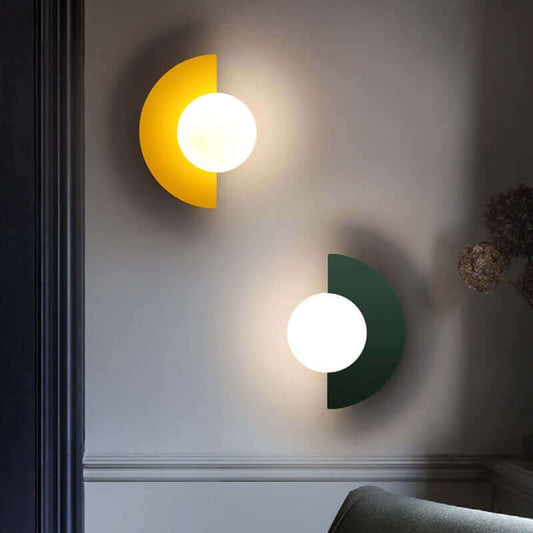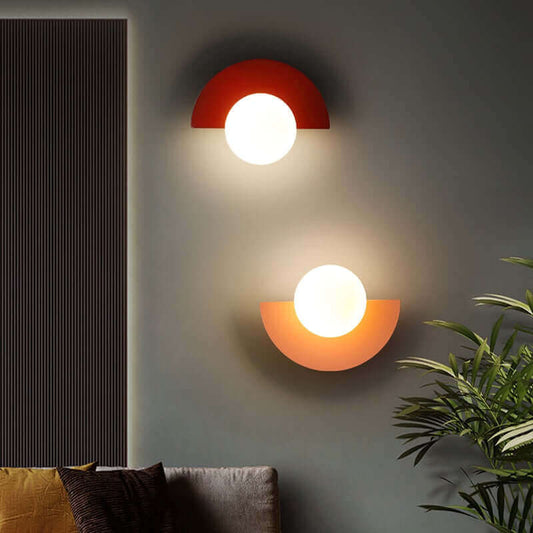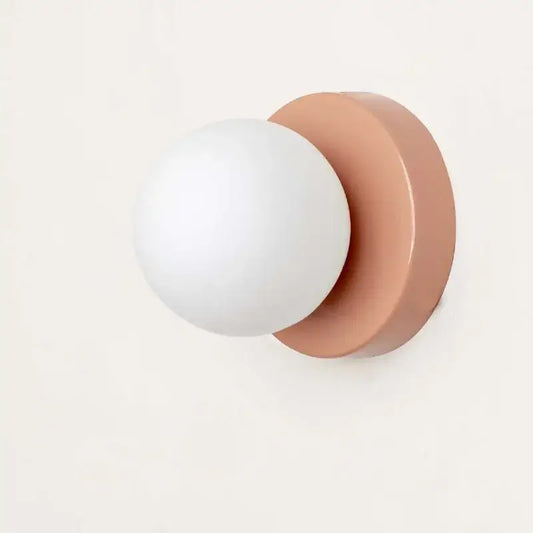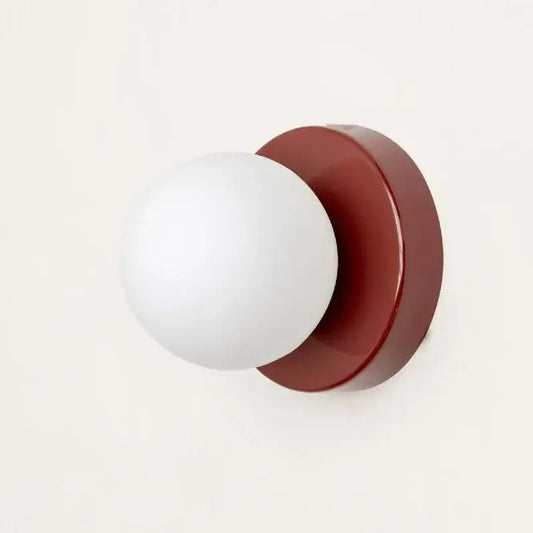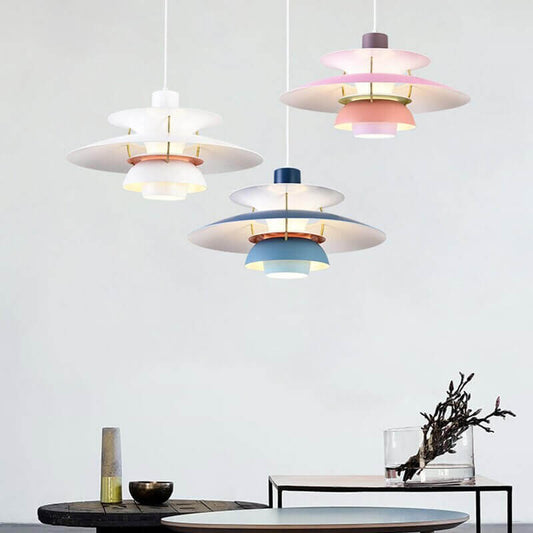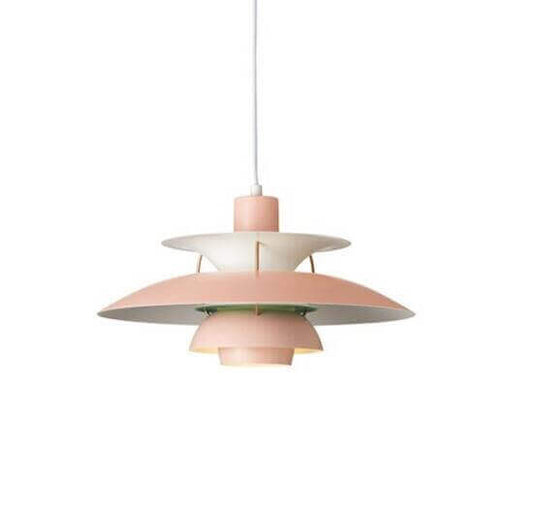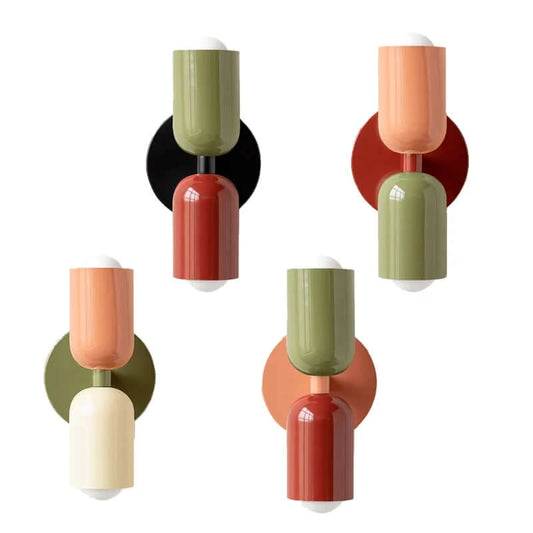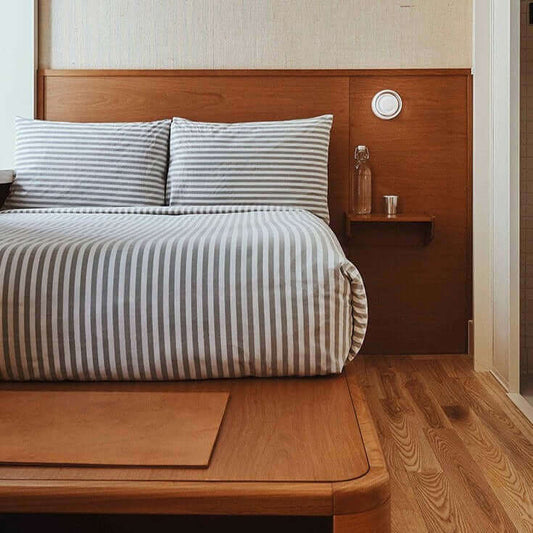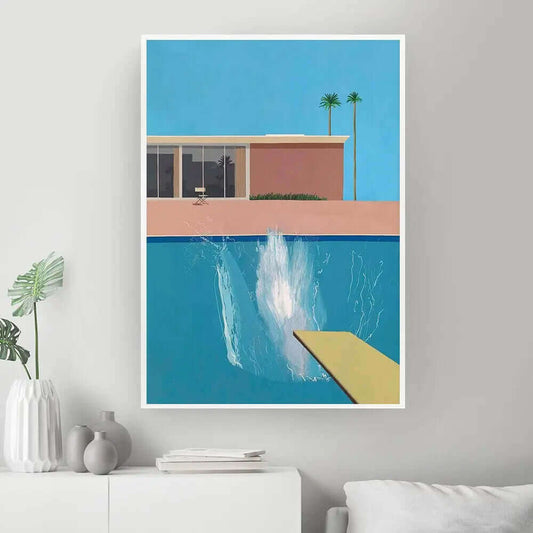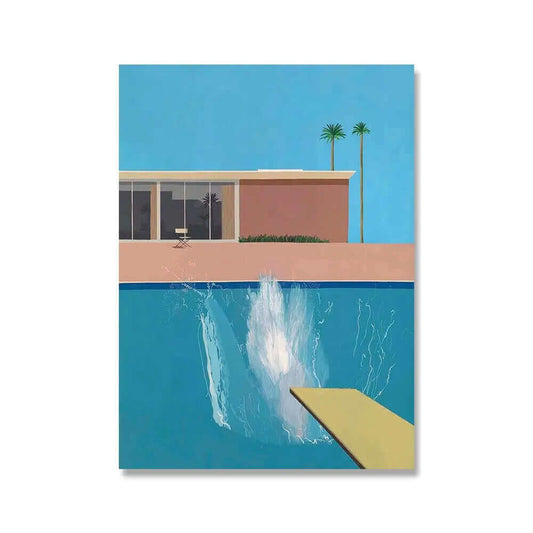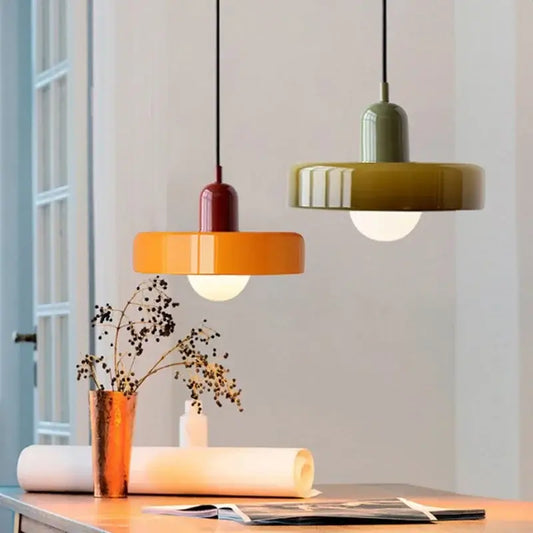Introduction
Space planning is a fundamental aspect of interior design that involves organizing and arranging interior spaces to create functional, efficient, and aesthetically pleasing environments. From residential homes to commercial establishments, space planning plays a pivotal role in maximizing the potential of a space while ensuring it aligns with the needs and desires of the occupants. In this comprehensive article, we will explore the importance of space planning, delve into the selection and recommendation of textiles and fabrics for specific end uses, and gain insights into the applications of natural and synthetic fibers in interior design.
- The Role of Space Planning in Optimizing Interior Layouts
Space planning is a strategic process that begins with analyzing the available space, understanding the client's requirements, and conceptualizing the ideal layout. Effective space planning ensures that every square foot is utilized efficiently, enhancing functionality and flow. It involves creating zones for various activities, considering traffic patterns, and striking a balance between open and private spaces.
References:
- "Interior Design Illustrated" by Francis D.K. Ching and Corky Binggeli is a comprehensive guide to space planning in interior design.
- The National Council for Interior Design Qualification (NCIDQ) offers valuable resources and guidelines for space planning (www.ncidqexam.org).
- Textiles and Fabrics Selection for Specific End Uses
Textiles and fabrics play a crucial role in interior design, adding comfort, style, and personality to a space. Understanding the properties and characteristics of various textiles is essential in selecting the right materials for specific end uses, such as upholstery, curtains, and bedding.
References:
- "The Fundamentals of Interior Design" by Simon Dodsworth provides insights into the importance of textiles in interior design.
- The Textile Museum (www.textilemuseum.org) in Washington D.C. offers exhibitions and collections showcasing the diversity of textiles used in interiors.
- Exploring Natural and Synthetic Fibers
Interior designers must be well-versed in the characteristics of both natural and synthetic fibers to make informed decisions about their applications in interior spaces. Natural fibers, such as cotton, silk, wool, and linen, offer distinct textures and aesthetics, while synthetic fibers like polyester and nylon are known for their durability and versatility.
References:
- "Textiles: The Art of Mankind" by Mary Schoeser offers a comprehensive exploration of the history and uses of natural and synthetic fibers in textiles.
- The Fashion Institute of Technology (FIT) (www.fitnyc.edu) in New York City offers courses and resources on textiles and fibers in interior design.
- Applications of Natural and Synthetic Fibers in Interiors
Each fiber type has its unique applications in interior design. For example, natural fibers like linen and cotton are often used for draperies and upholstery in residential spaces, creating a soft and inviting atmosphere. Synthetic fibers are frequently used in commercial settings due to their durability and ease of maintenance.
References:
- "Sustainable Textiles: Design, Applications, and Potential" by Richard Blackburn and M. Miraftab explores sustainable uses of natural and synthetic fibers in interior design.
- The Metropolitan Museum of Art (www.metmuseum.org) in New York City features textiles and tapestries that exemplify the application of natural and synthetic fibers in historical interiors.
Conclusion
Space planning is an essential aspect of interior design that allows designers to optimize interior layouts for harmonious living. By carefully analyzing the available space, understanding clients' needs, and strategically organizing zones, designers create functional and aesthetically pleasing environments. Additionally, the selection of textiles and fabrics for specific end uses, along with a deep understanding of natural and synthetic fibers and their applications, enables designers to enhance the comfort and style of interior spaces. Drawing inspiration from renowned authors, designers, and museums, as well as staying updated on industry trends, equips interior designers with the knowledge and creativity needed to transform spaces into stunning and inviting retreats.





